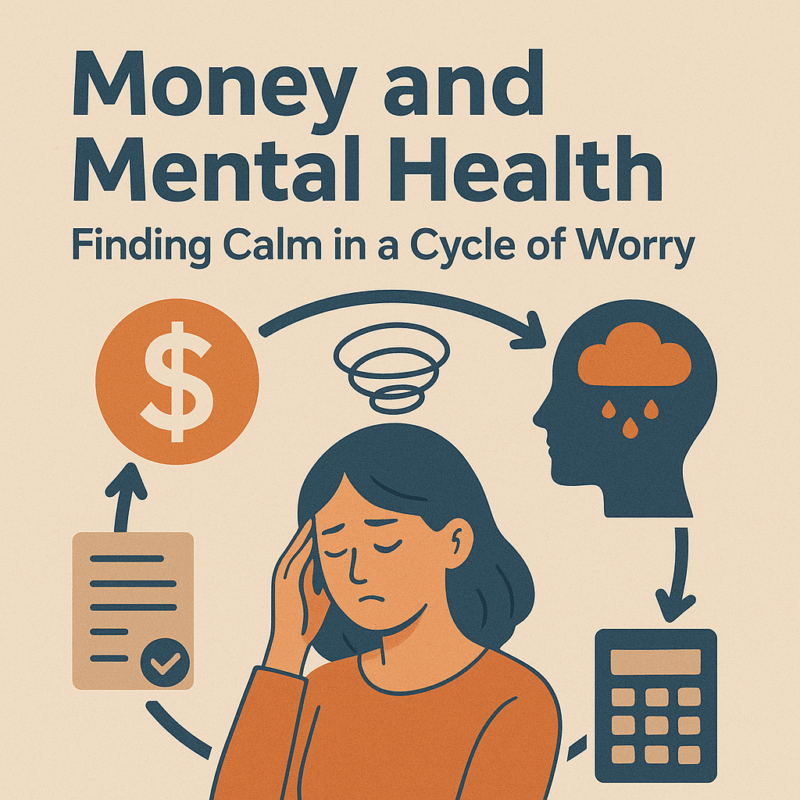According to MoneyFacts, the average one-year fixed bond has fallen from 1.47% one year ago to 1.34% at the beginning of March. There are similar falls reported in alternative terms as well. The average five-year fixed bond is down to 2.46% from 2.56% over the same period.
Charlotte Nelson, finance expert at Moneyfacts, said that it’s been “a winter of discontent for savers”, with fixed rate bonds having once again plummeted to record lows – and there are currently no signs of an end to this downward path.
“Fixed rate bonds are often looked to as the best place to get a decent interest rate, and given that rates were starting to creep upwards last year, this new turn of events is extremely disappointing. Moneyfacts recorded a staggering 222 rate cuts to fixed bonds in the first two months of 2016, with the highest reduction being a whopping 0.74%. As a result, it’s unsurprising that many savers are beginning to think that these cuts will never end.”
The fact that last year saw some improvements makes the latest trend even more disappointing, with the newer entrants to the savings market having kick-started some welcome competition as each fought to win pole position in the Best Buy tables. These smaller providers were continually leap-frogging each other to get to the top spot, particularly in the fixed and Notice Account sectors of the market, and savers had the ideal combination of choice and decent rates.
However, as the figures show, this competitive spirit proved to be short-lived, with competition beginning to ebb now that the newcomers have begun to establish themselves. As Charlotte Nelson explains:
“This is, in part, due to oversubscription of these highly attractive deals, which has prompted the new brands to reduce their offers. Besides, with other rates in the market in freefall, the challenger banks need only to offer a reasonable return to ensure they stay in top position. Essentially, this boils down to the failure of the main banks to compete with the new players and boost competition and rates. The challengers make up only a small portion of the market, so their positive impact was always going to be fleeting if the main players didn’t get on board, and unfortunately, given that these providers have little need to compete for savers’ funds, this remains unlikely.”
Given that thoughts of a rise to base rate have been put out to pasture for the time being – and some economists even predict that the rate could be cut further before it rises – savers inevitably feel as though they are caught in a downward spiral of misery. However, there could be some light at the end of the tunnel; with April bringing the new Personal Savings Allowance, there’s the chance that the market could be fuelled into action, but either way, now could be a great time for savers to re-evaluate their savings pot to try and get the best returns they can.



